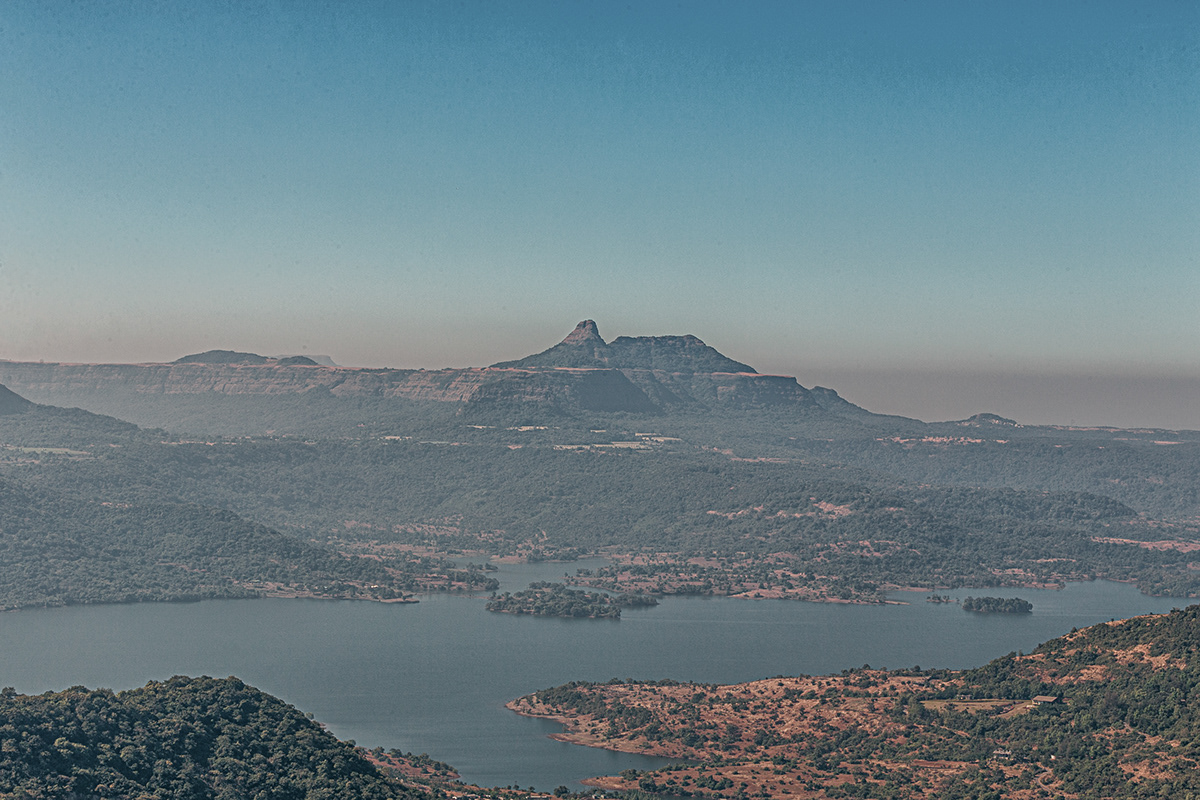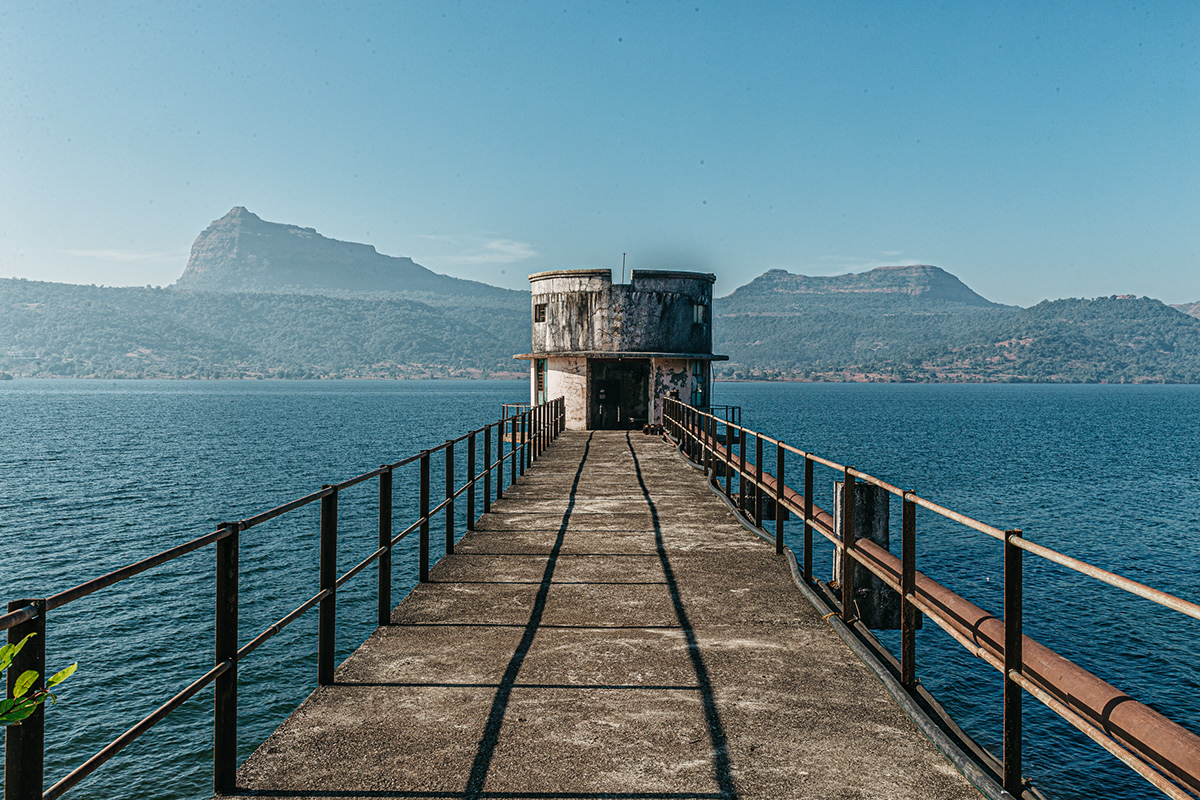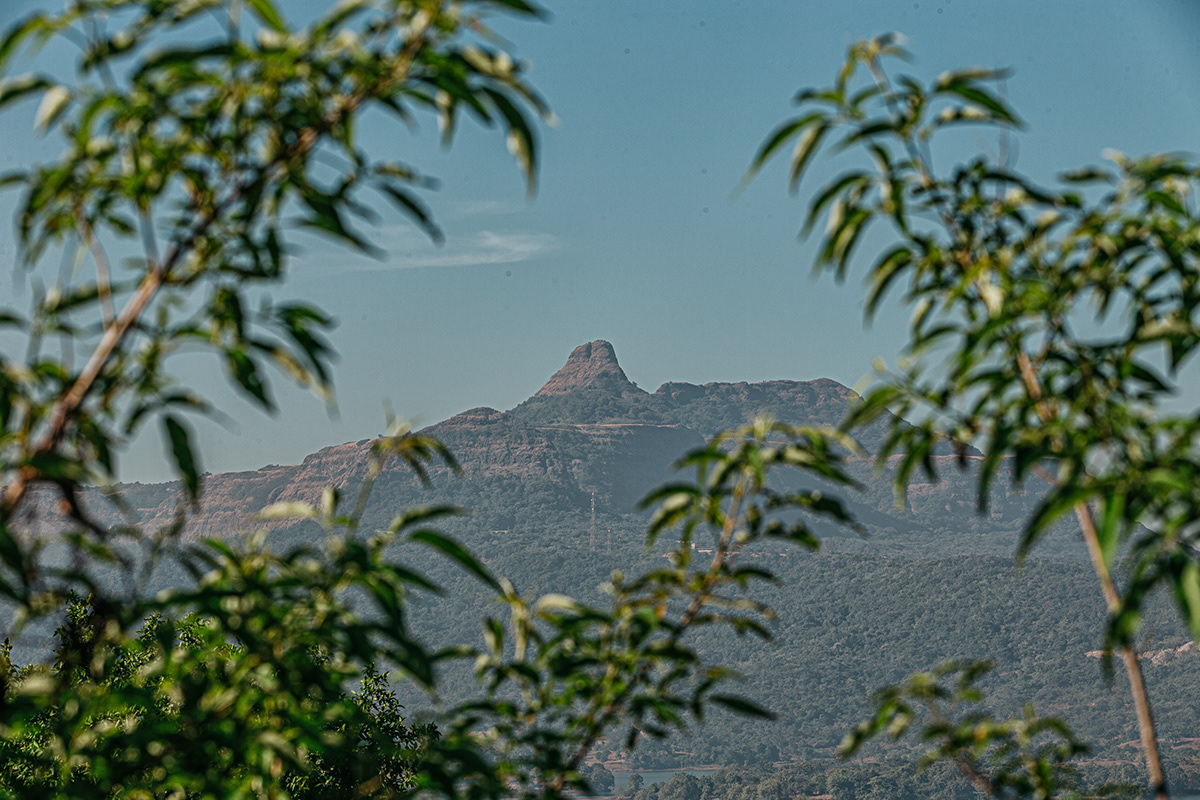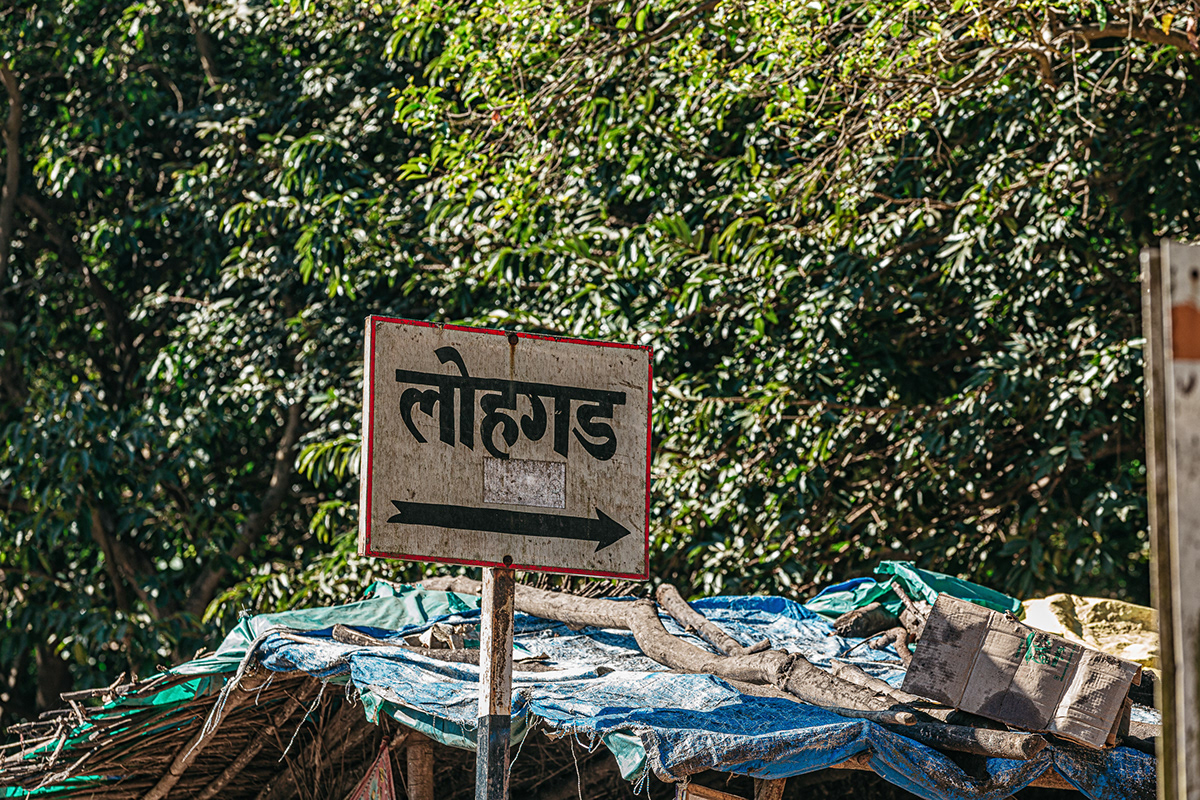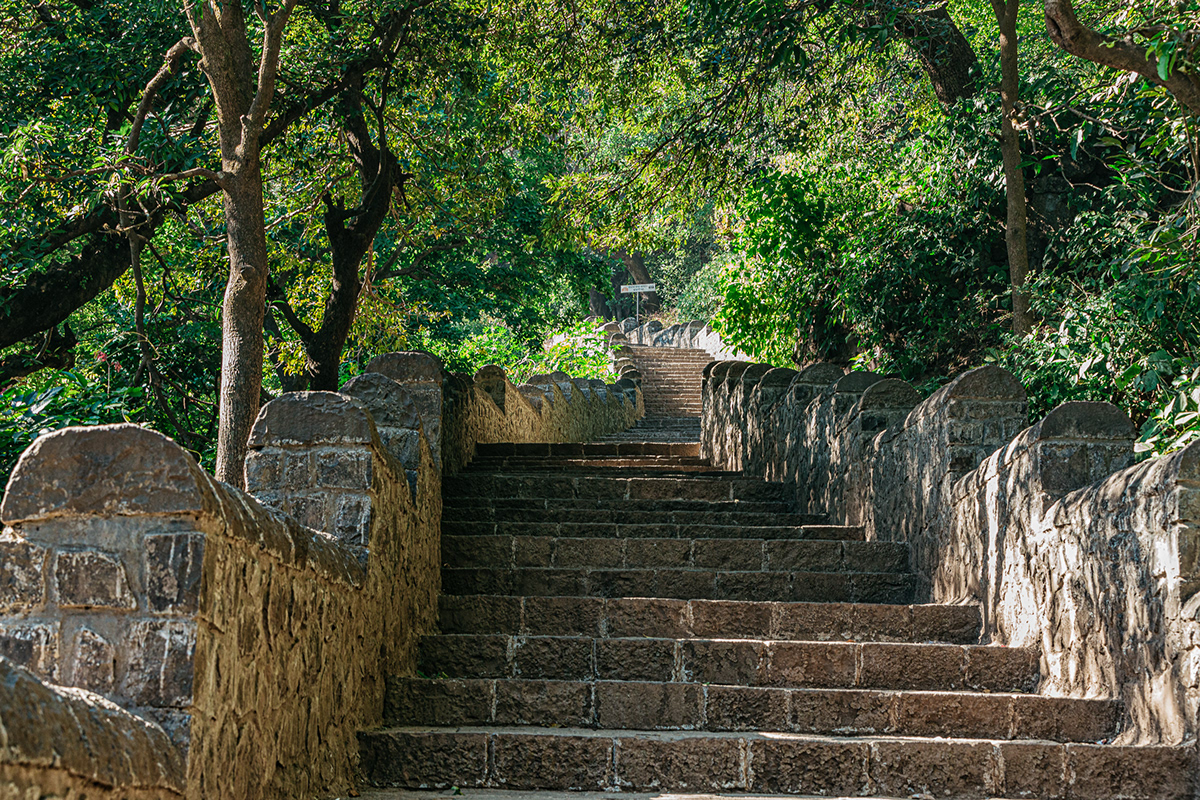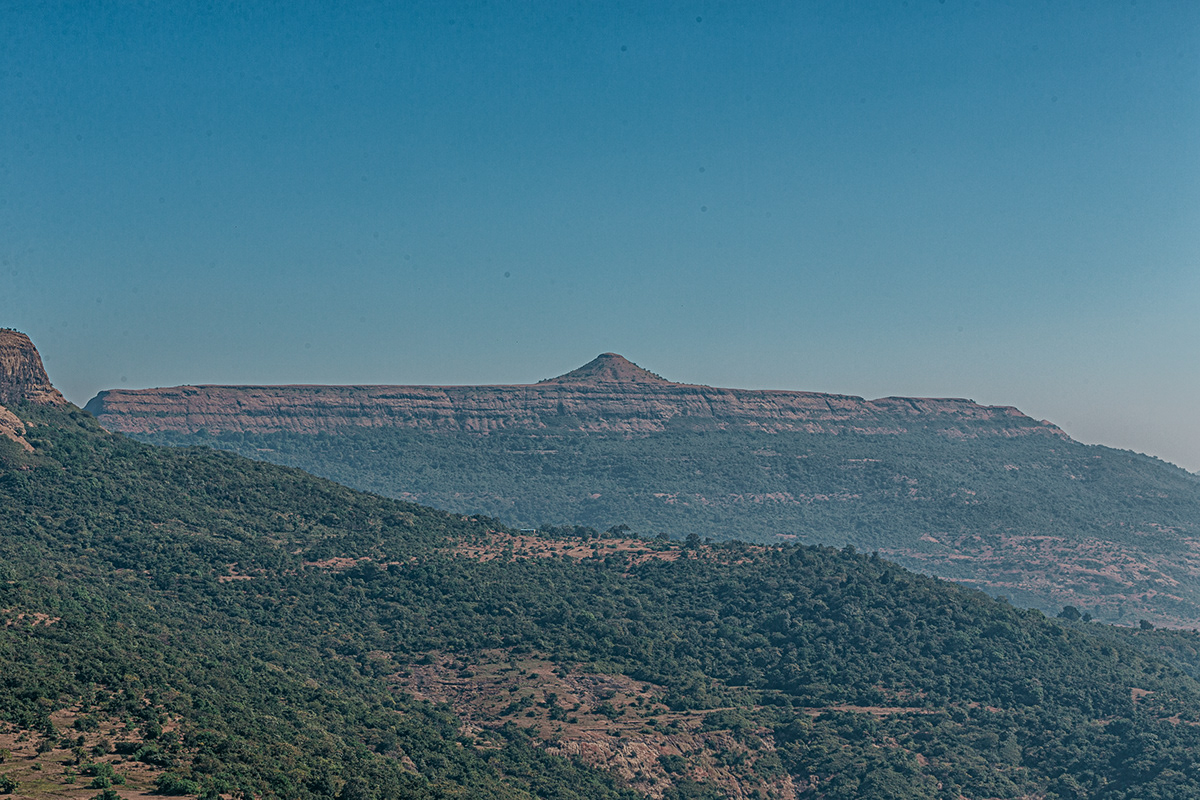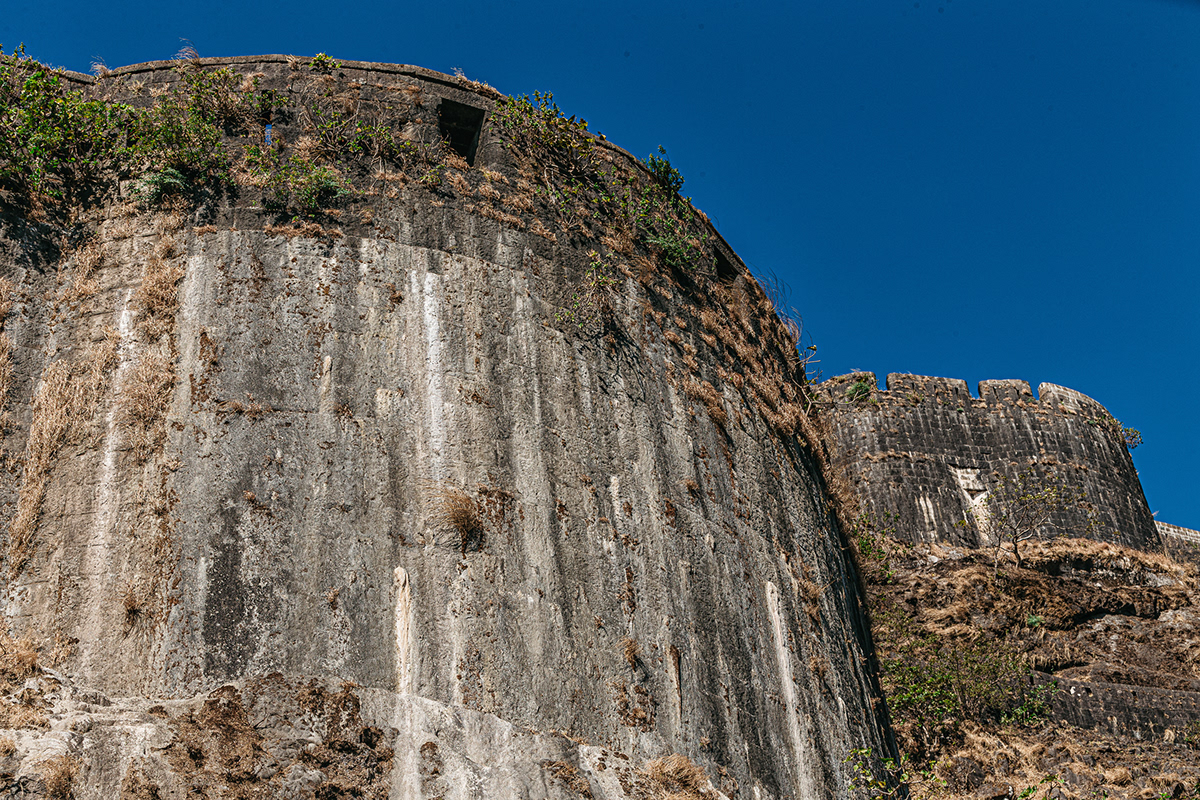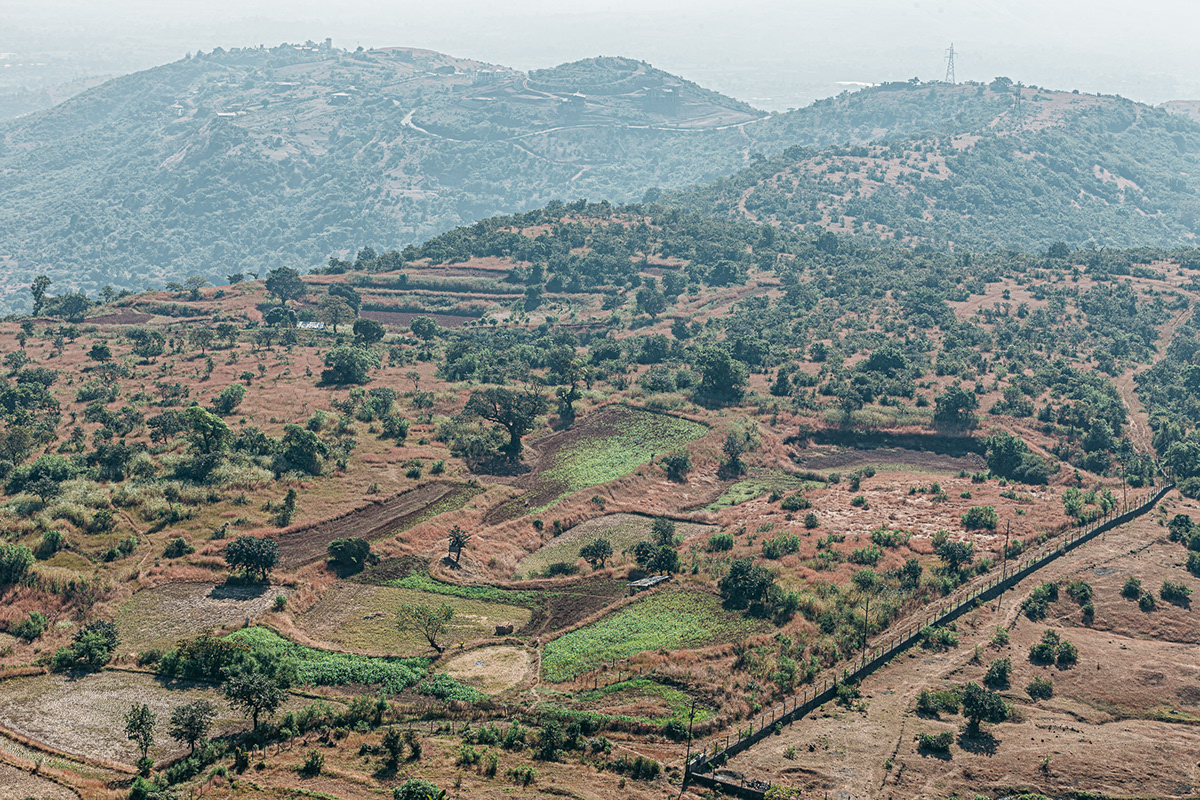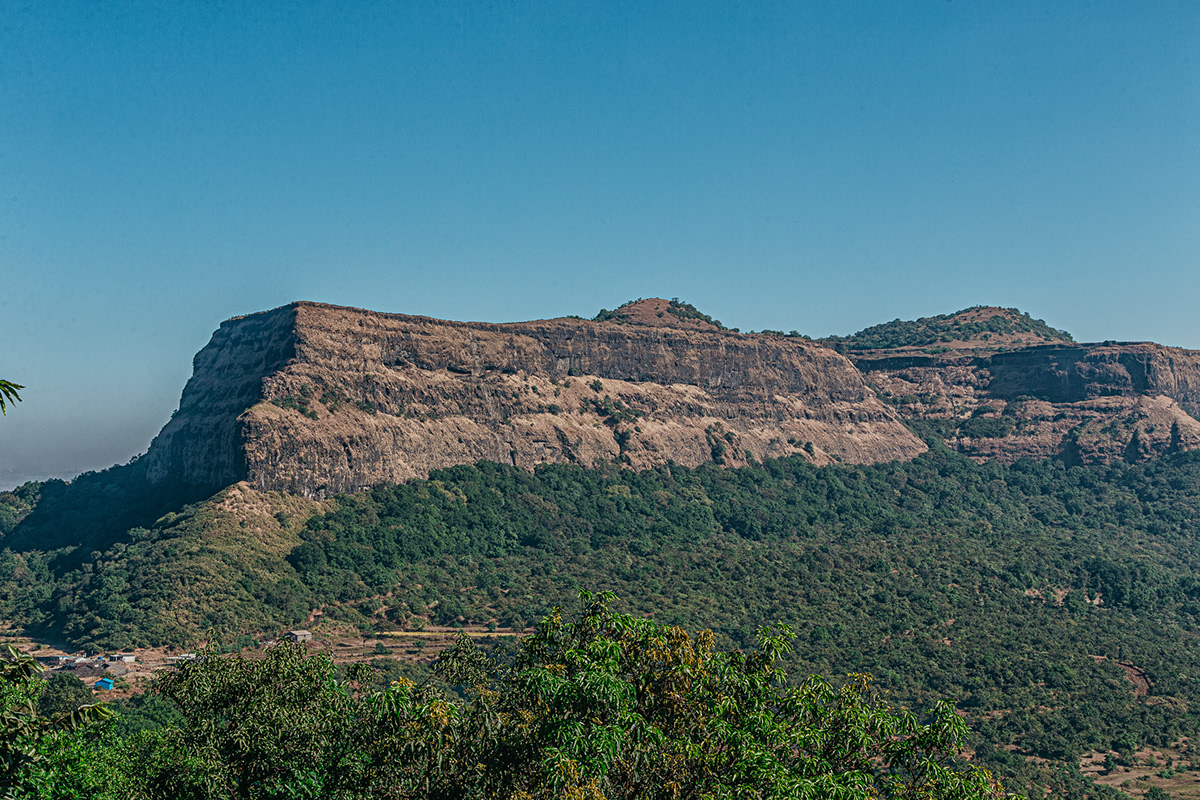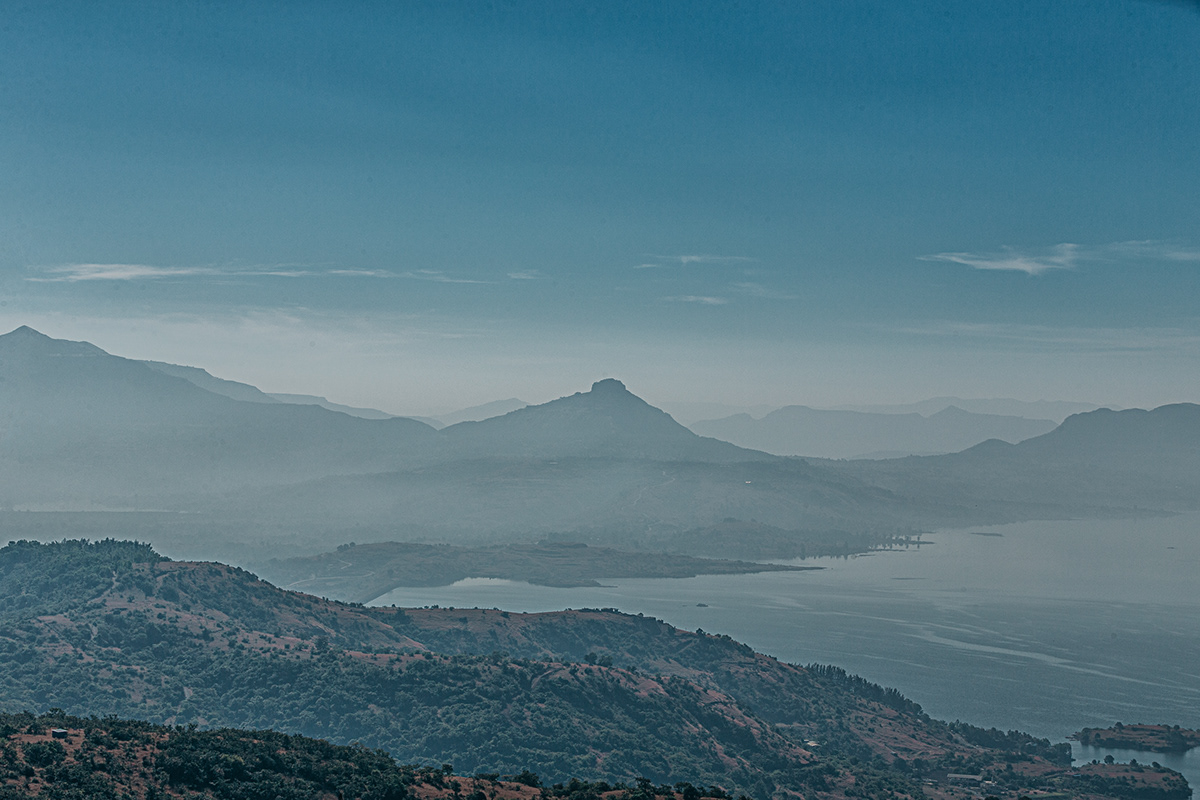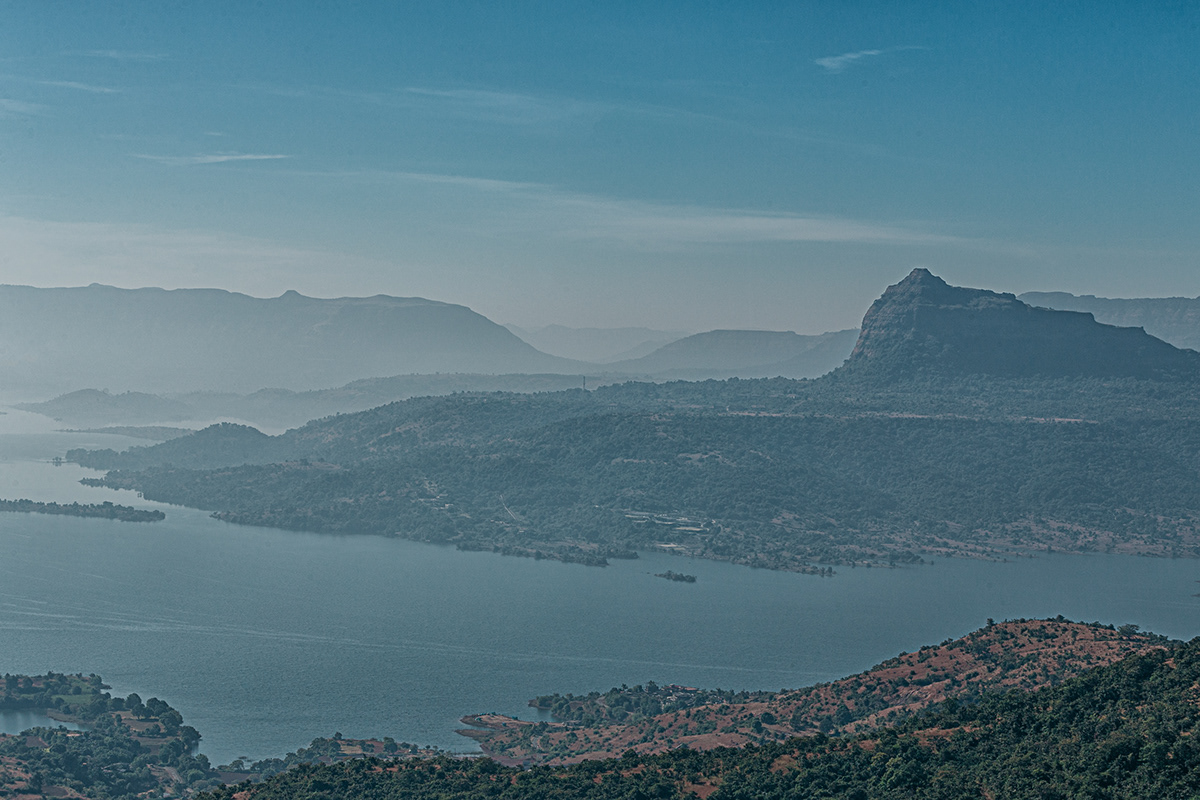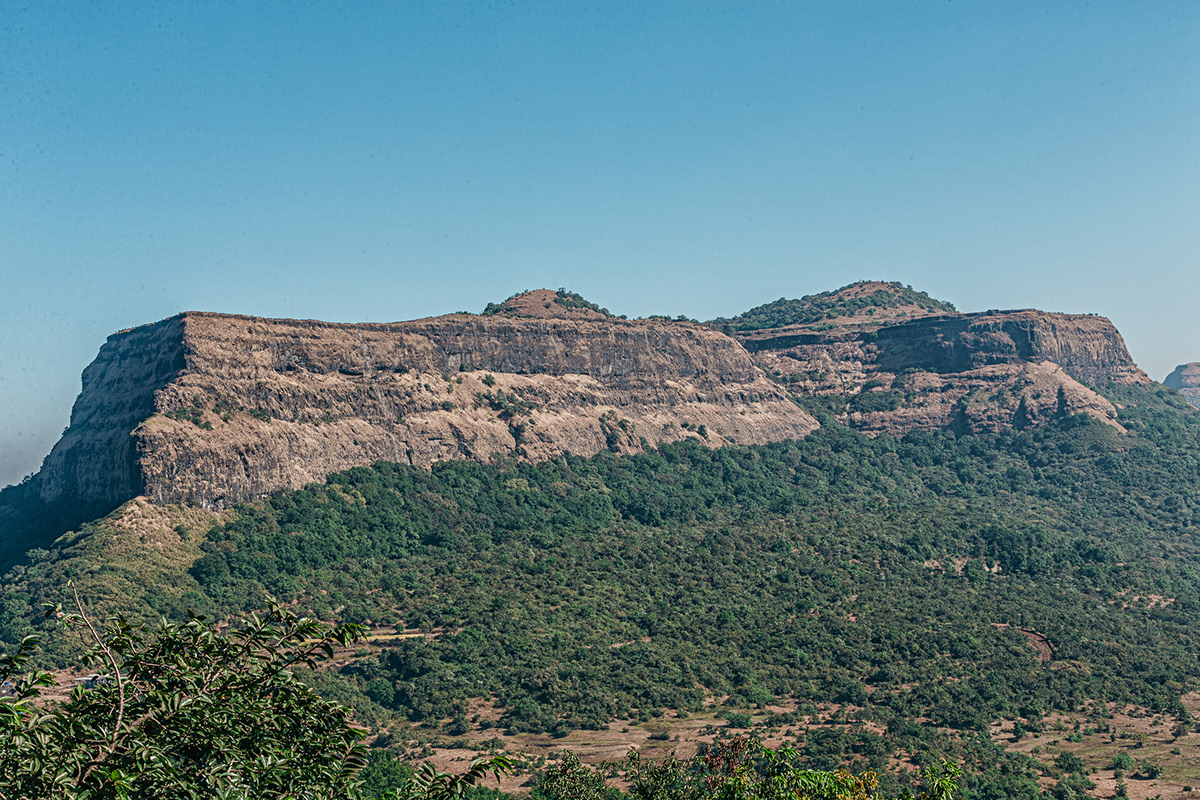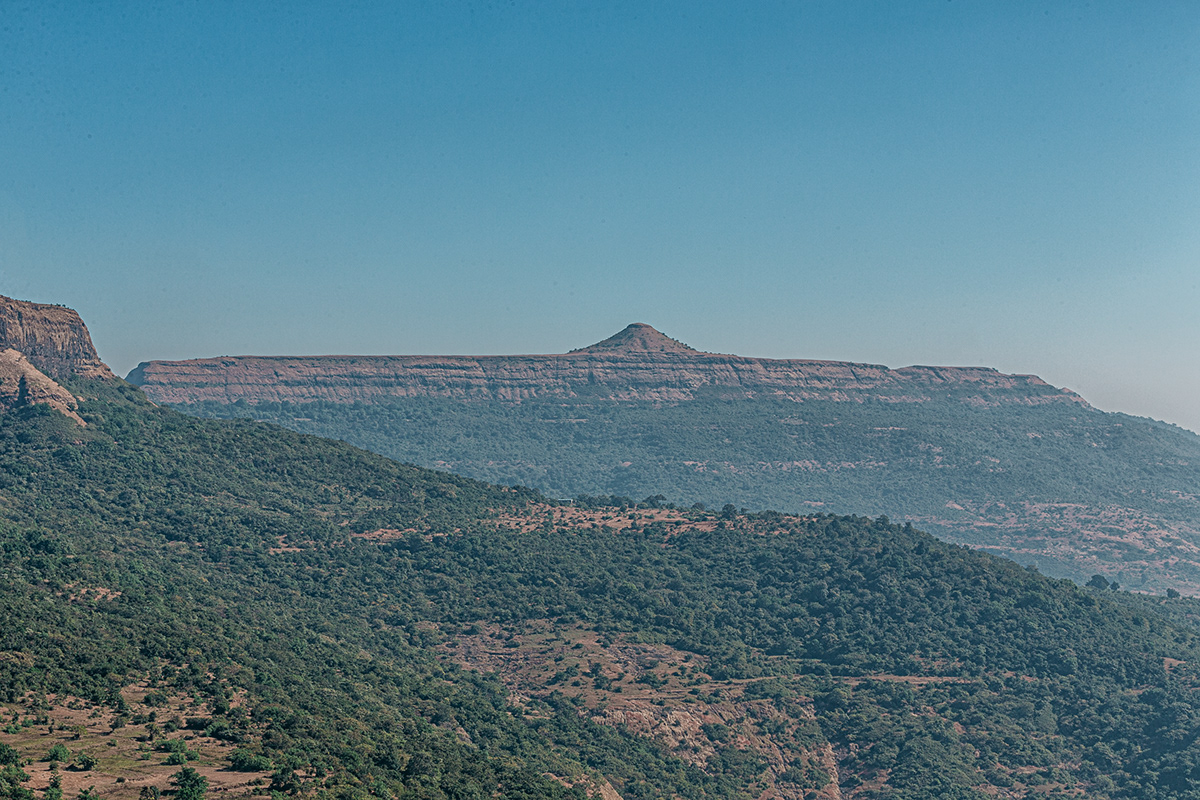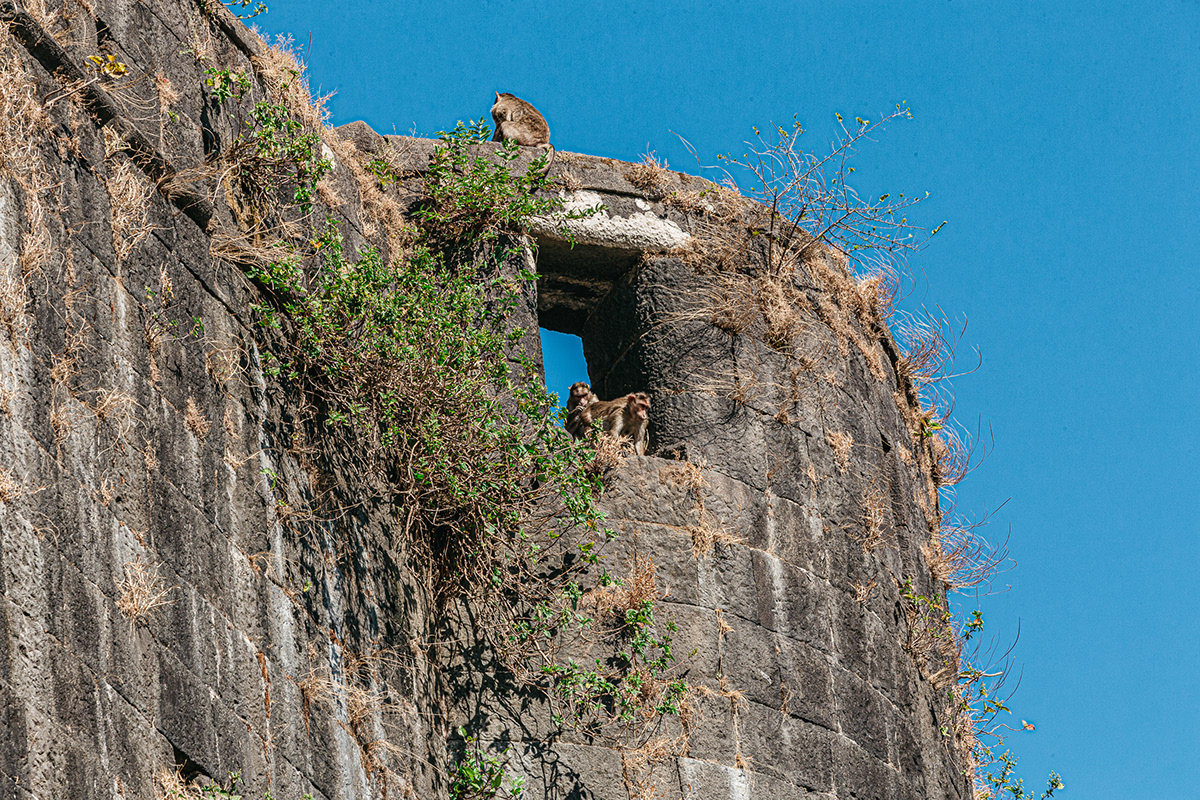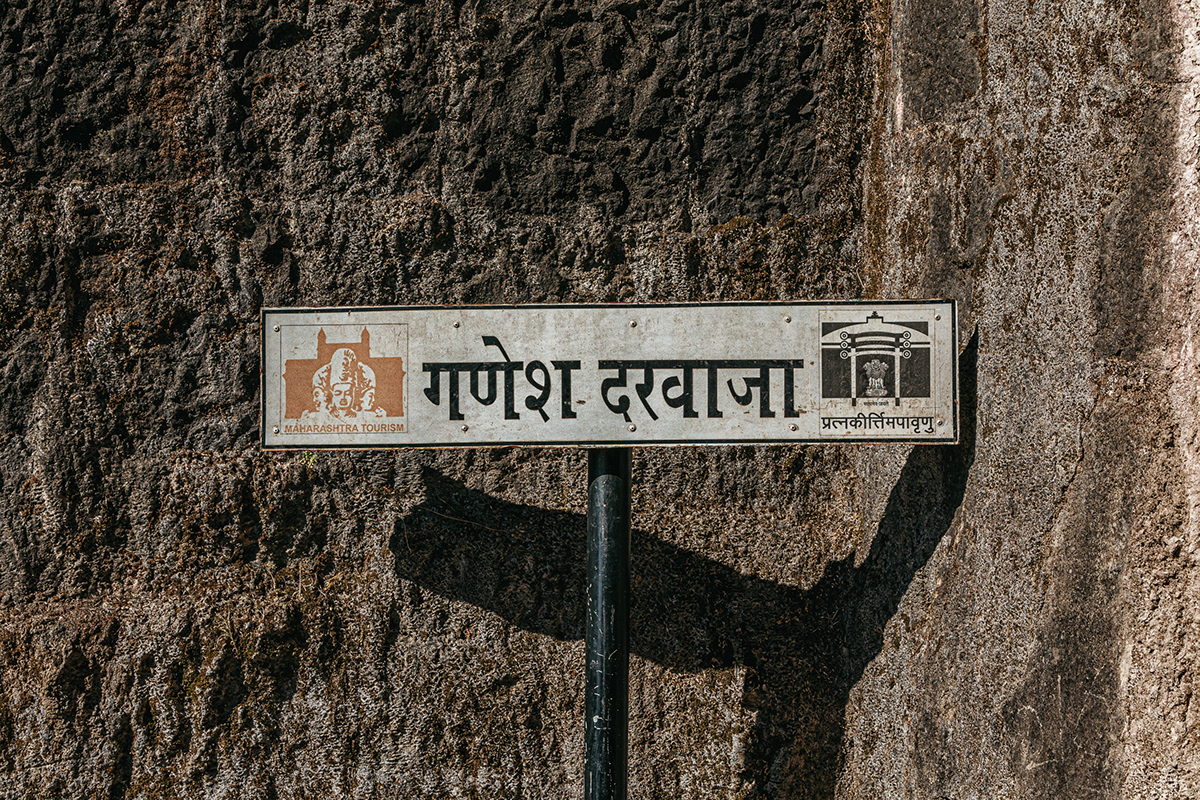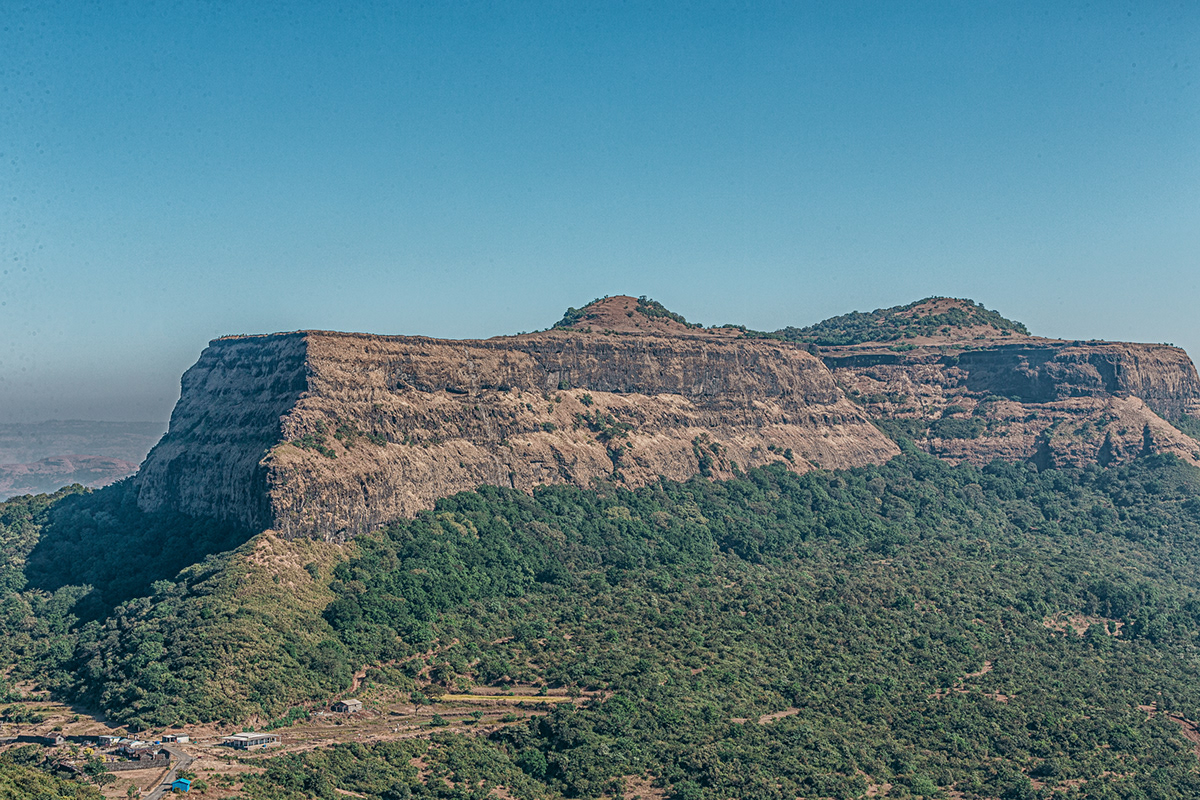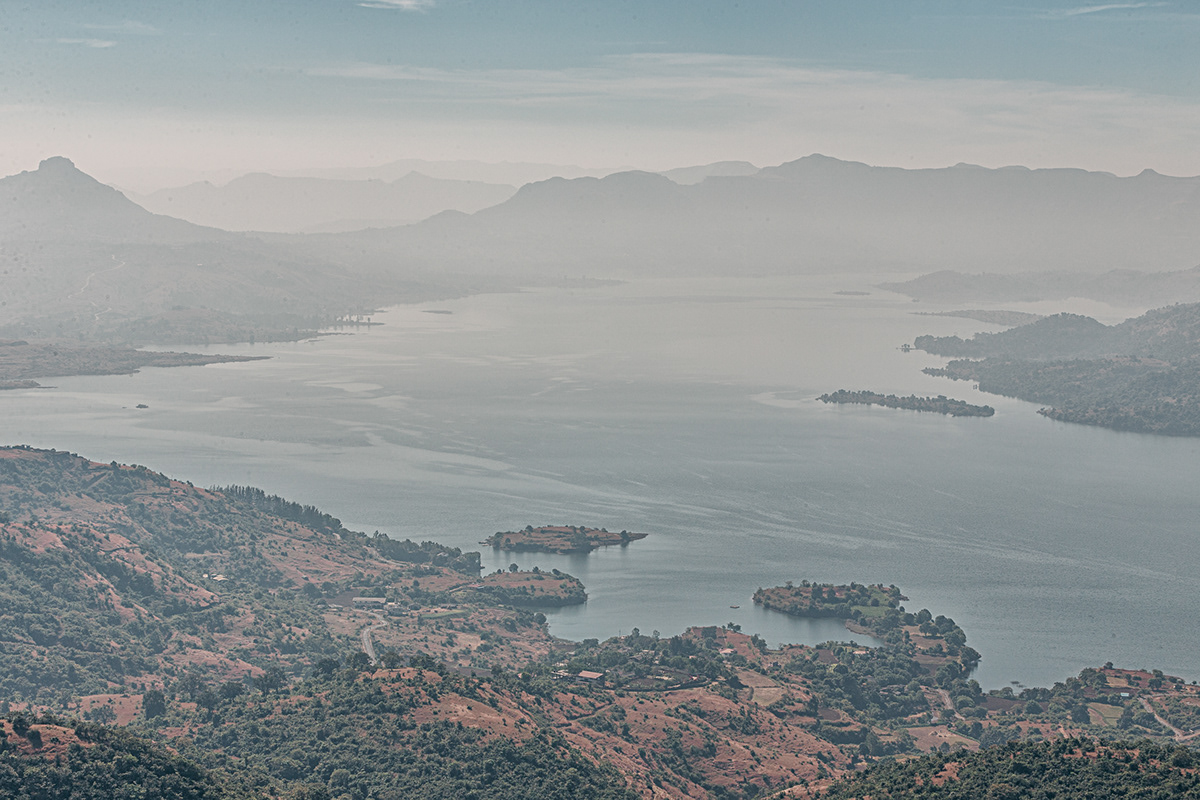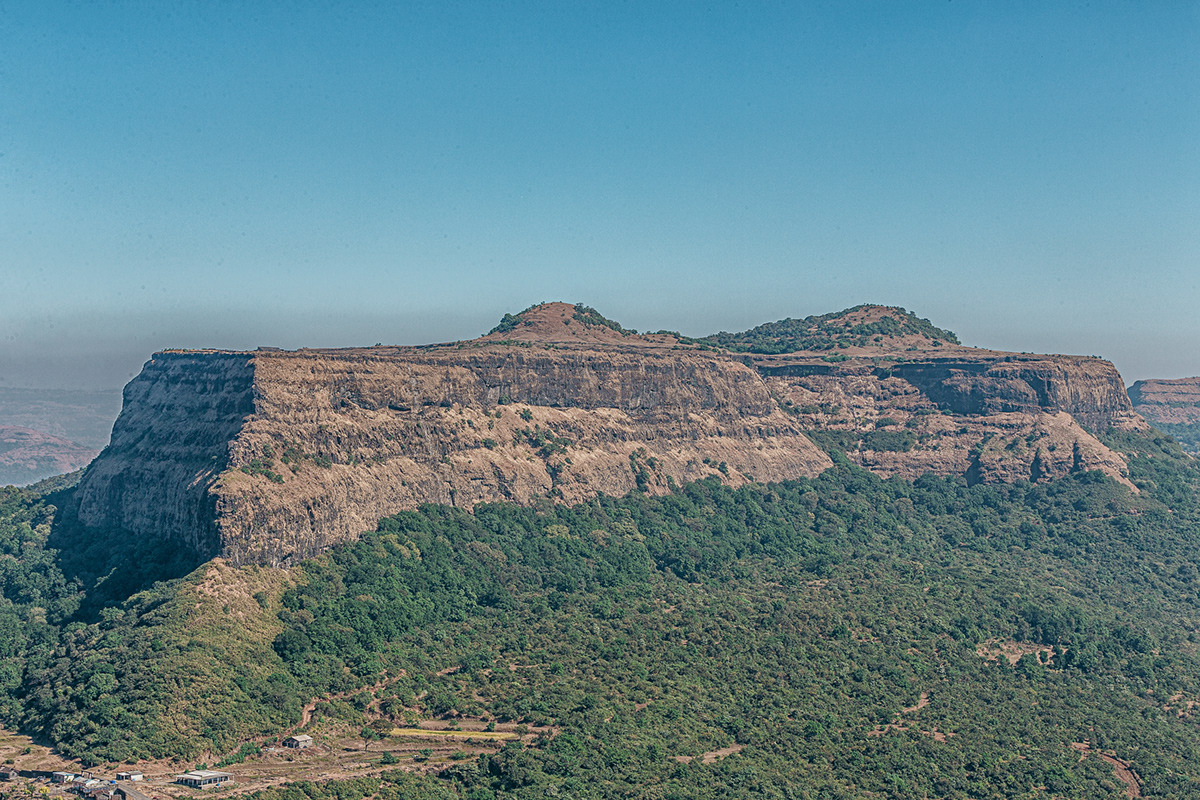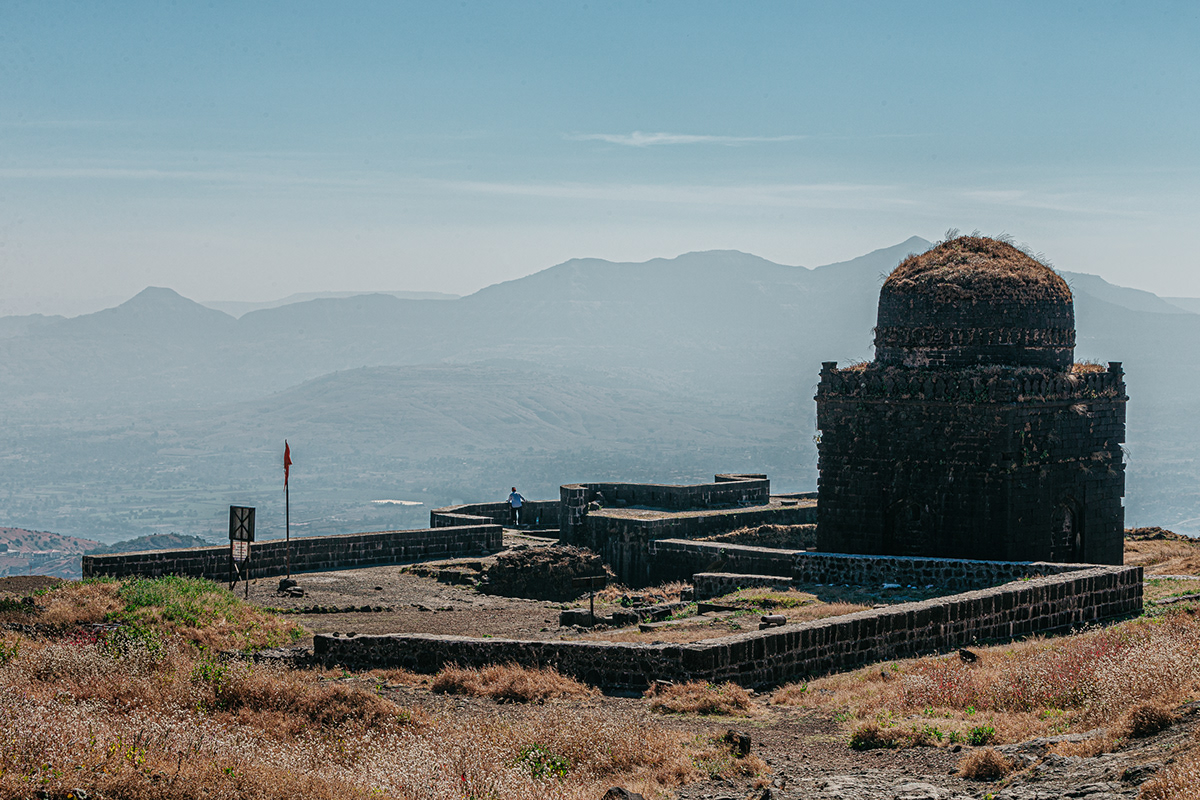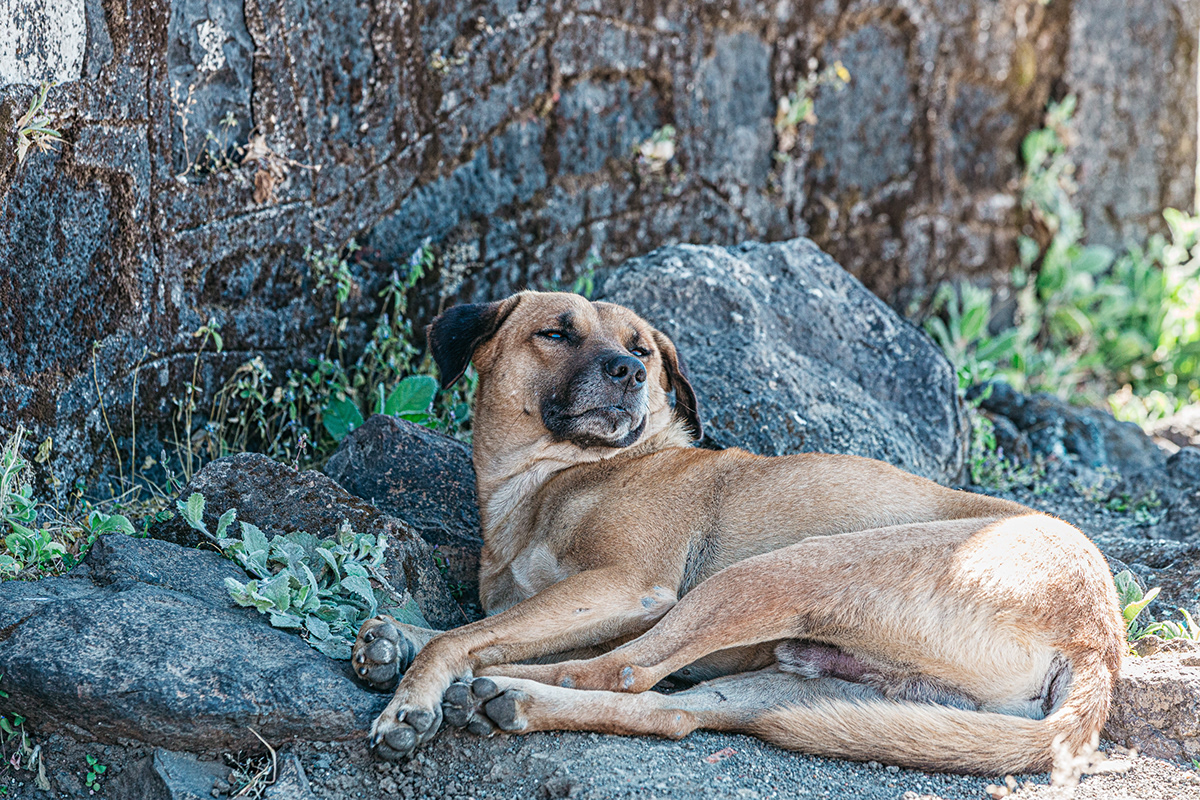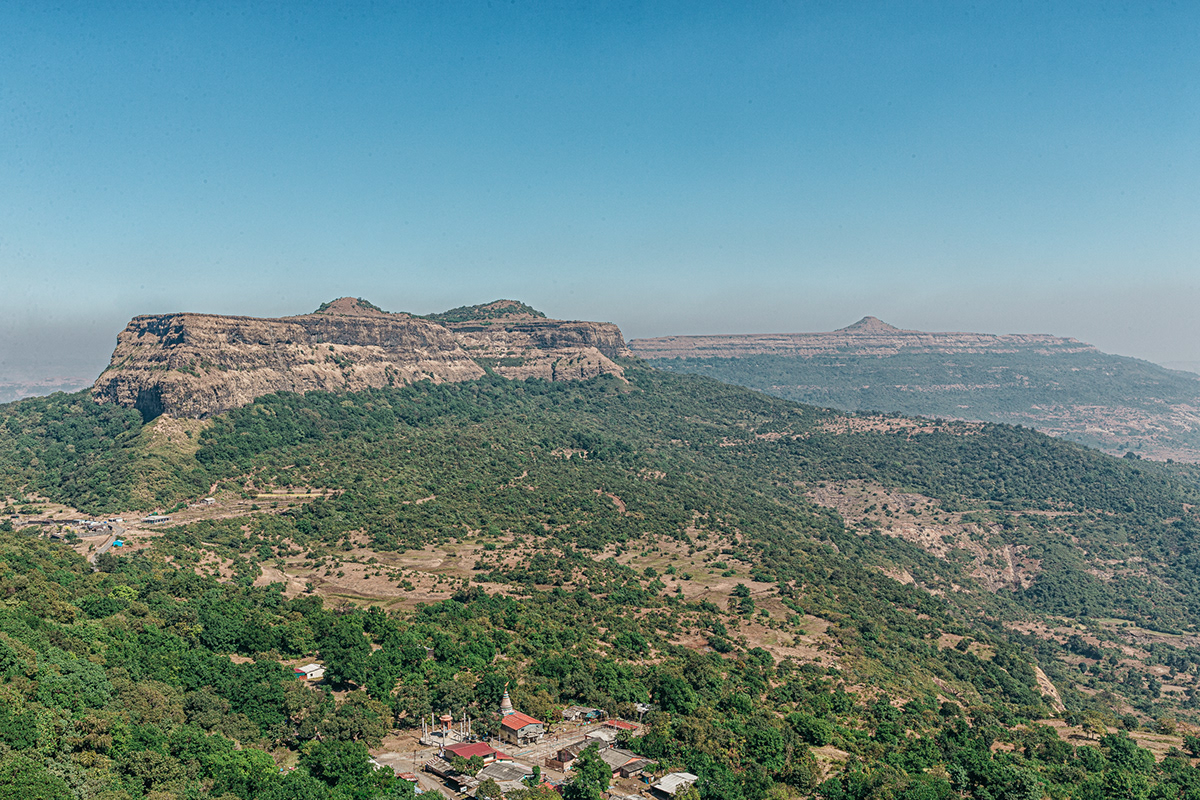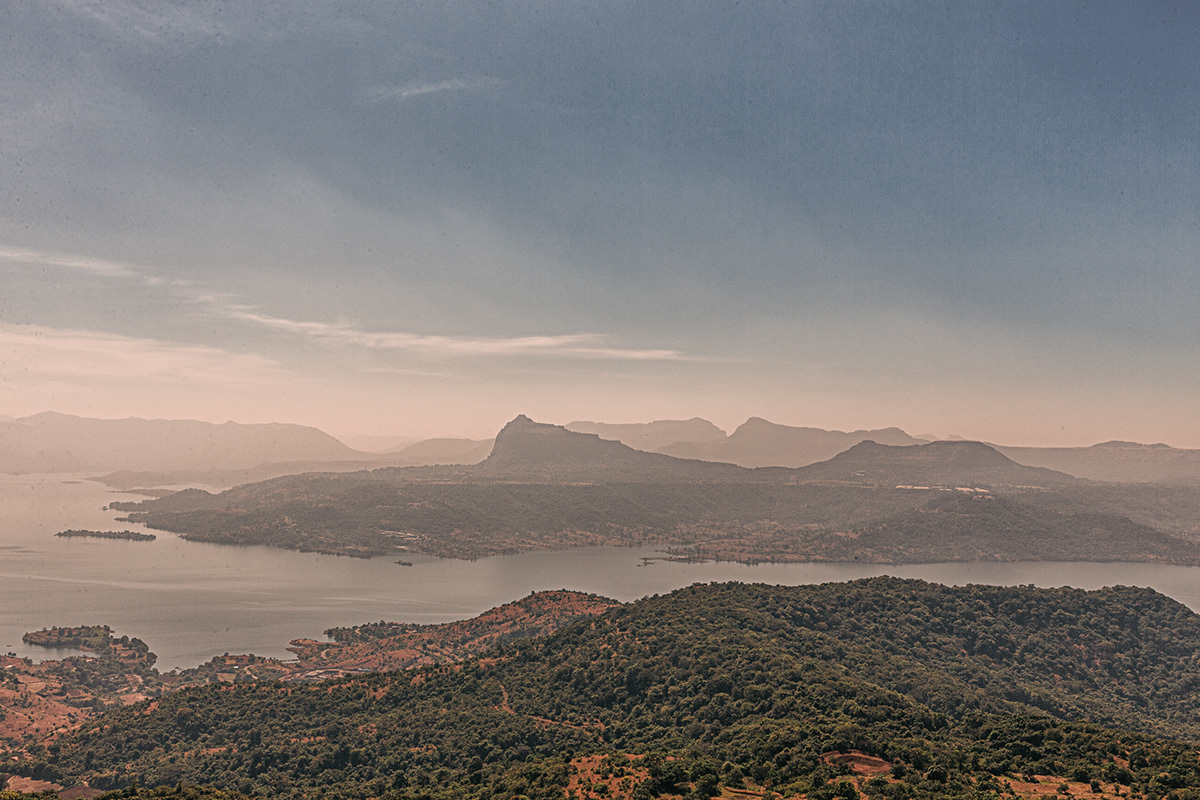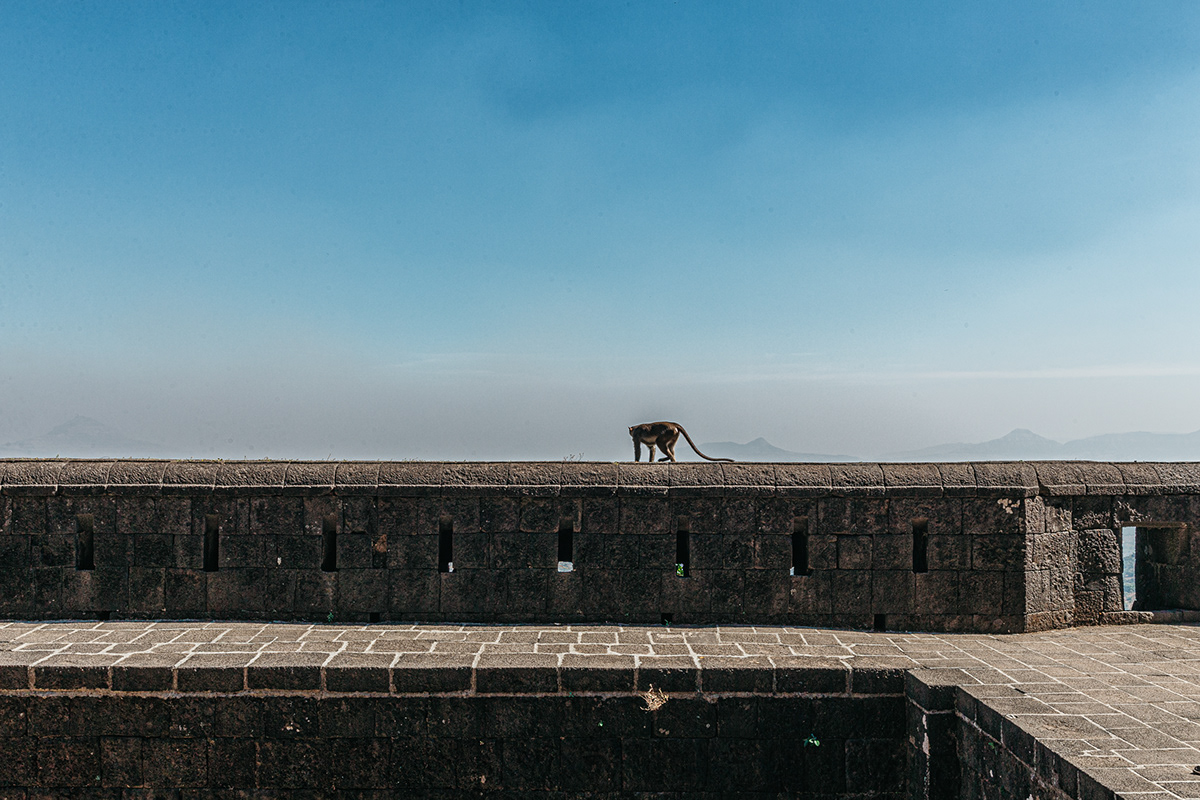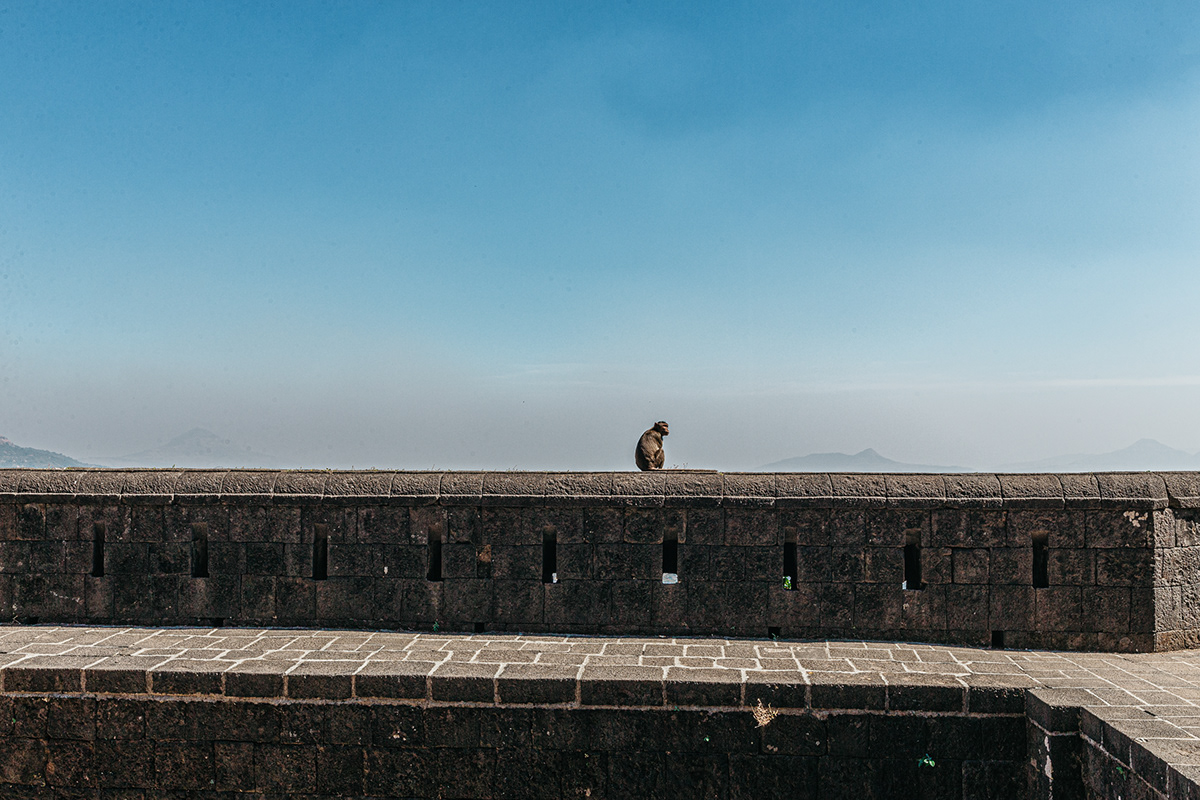Lohagad Fort and Lonavala - Lohagad (iron fort) is one of the many hill forts of Maharashtra state in India. Situated close to the hill station Lonavala and 52 km (32 mi) northwest of Pune, Lohagad rises to an elevation of 1,033 m (3,389 ft) above sea level. The fort is connected to the neighboring Visapur fort by a small range. The fort was under the Maratha empire for the majority of the time, with a short period of 5 years under the Mughal empire
Lohagad has a long history with several dynasties occupying it at different periods of time: Satavahanas, Chalukyas, Rashtrakutas, Yadavas, Bahamanis, Nizams, Mughals and Marathas. Shivaji Maharaj captured it in 1648 AD, but he was forced to surrender it to the Mughals in 1665 AD by the Treaty of Purandar. Shivaji Maharaj recaptured the fort in 1670 AD and used it for keeping his treasury. This fort was used to keep the loot from Surat. Later in Peshwa time Nana Phadnavis used this fort for living for some time and built several structures in the fort such as a big tank and a step-well.
The lohagad fort also has caves on its south side facing Lohgadwadi. In September 2019 an inscription in Brahmi script in Prakrit language dating back to the 2nd or 1st century BC was discovered by team of trekkers from Pune (Vivek Kale, Saiprakash Belsare, Abhinav Kurkute, Amey Joshi, Ninad Bartakke and Ajay Dhamdhere) in the cave on the cliff. The inscription was studied by Dr.Shreekant Pradhan, an ancient Indian paintings scholar working at Deccan College Post Graduate and Research Institute. The inscription was found on the outside wall of a rock-cut cave on the eastern side cliff of the Lohgad fort, close to Lohgadwadi village.
The inscription is written in the Brahmi script and the language is Prakrit influenced Sanskrit.
The inscription is similar to, but more descriptive than, an inscription discovered at Pale caves (Maval)by Mr. R.L.Bhide and studied by archaeologists HD Sankalia and Shobhana Gokhale in 1969. It starts with ‘Namo Arihantanam’ which is commonly used by Jains, pointing to the fact that the Lohgad cave is a Jain rock-cut cave. The inscription at Pale caves also begins in a similar manner and based on Sankalia and Gokhale’s study, it was assumed to be a Jain inscription.
The inscription mentions the name "Ida Rakhita", meaning Indra Rakshita, who donated water cisterns, rock-cut benches to settlements in the area. The inscription at Pale also mentions the same name. The newly discovered inscription is 50c m-wide and 40cm-long and is written in six lines.
The Lohagad Jain cave is near the fort.
The fort has been declared as a protected monument by the government. - wiki
we had planned a couple shoot here and this seemed like the perfect location. the view is spectacular and the sun was so strong it actually created a haze in the photos. i clicked these when the sun was the strongest and most harsh during the afternoon . some initial photos were around Lonavala while the rest were taken at the fort itself.
1 DXMKII and 11-24, 24-70 and 70-200
Nov 28, 2016, Lohagad Fort, India
